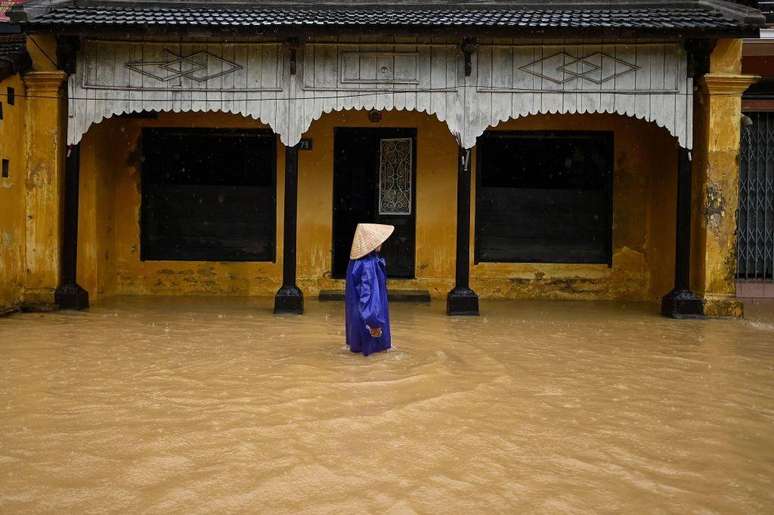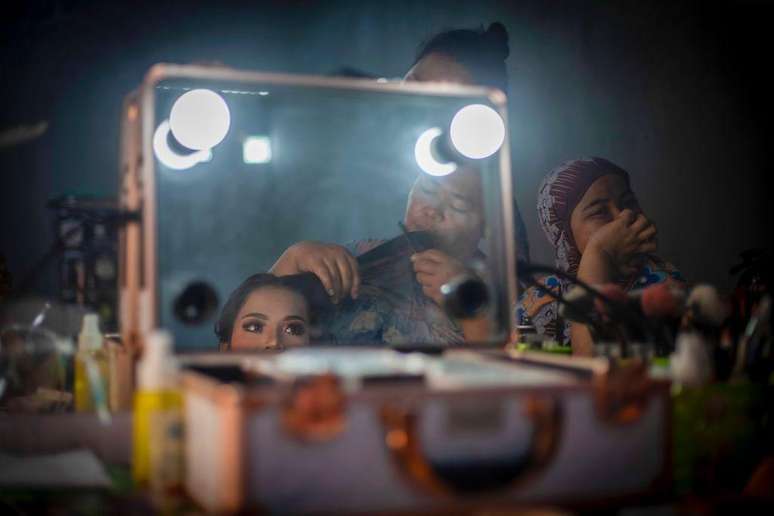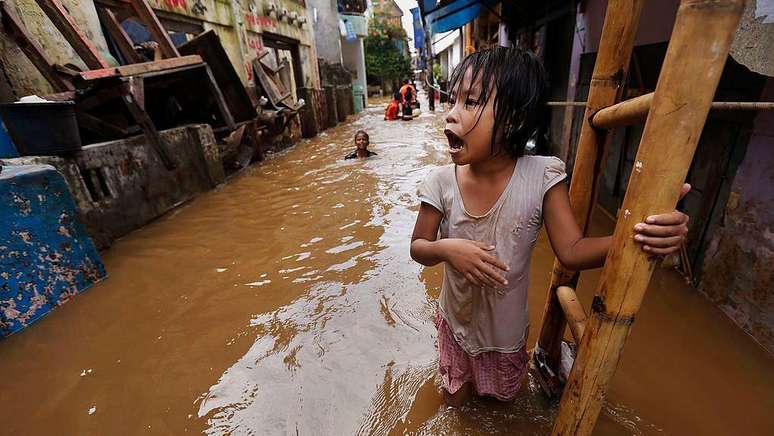Climate change has devastating effects on the environment, but it also affects the economic situation of vulnerable populations around the world.
Climate change has various consequences on the planet: devastating storms, droughts, record temperatures, melting glaciers, loss of ecosystems.
This impacts several communities that face the devastation of global warming, resulting in deaths and injuries.
But as this global phenomenon progresses, side effects are also starting to be observed in society.
For example, research raises the alarm that climate change has a serious impact on the increase in child marriage around the world.
The researchers’ work managed to establish that extreme weather conditions exacerbate the problems that cause the proliferation of forced child marriage in at least 20 countries.
For example, in Bangladesh, where extreme heat waves lasting more than 30 days have occurred for several years, there has been a 50% increase in forced marriages of girls aged 11 to 14.
Droughts and floods were the most common disasters listed in the research, but other studies have looked at the impact of cyclones and high temperatures, among other weather phenomena.
“These are not isolated phenomena due to a heat wave or specific floods: these are a side effect of extreme weather conditions,” explains Smitha Rao, professor of Sociology at Ohio University, in the United States, to the BBC News Mundo, the BBC’s Spanish-language service.

Rao, who conducted the research through the analysis of nearly 20 independent studies on climate change and its social effects, points out that the main reasons for this increase have to do with family support.
“Early marriage is often considered a strategy to reduce the economic vulnerability and food insecurity that a family faces due to a disaster,” notes the researcher.
It highlights that the problem of forced marriages is not unique to vulnerable areas, but occurs at all levels of society and in all parts of the world.
For example, in Latin America, according to a United Nations report, one in four girls gets married or enters into an early union before the age of 18.
Brazil is in sixth place (behind India, Bangladesh, China, Indonesia and Nigeria) in terms of the absolute number of child marriages in the world: 21.6 million, according to data from Unicef (United Nations Children’s Fund) .
In the region, child marriage is currently banned in Costa Rica, Ecuador, El Salvador, Guatemala, Honduras, Mexico, Panama, Puerto Rico and the Republic.
In Bolivia, Brazil, Chile, Nicaragua, Paraguay, Peru, Uruguay and Venezuela, marriage is permitted from the age of 16 with the authorization of parents, legal representatives or a judge.
I study
Rao and other environmental experts have begun to see a link between forced child marriage and the extreme conditions created by climate change.
One of the researchers who followed the research was Fiona Doherty, a sociologist at Ohio University.
The investigation began when it became evident that natural disasters lead to an increase in cases of gender-based violence.

“There is substantial evidence explaining the link between disasters and gender-based violence. From then on, we have seen cases of forced child marriage linked to cases of environmental displacement,” she points out.
Doherty points out that most of the literature on this phenomenon, around 20 studies, focuses on Asia and Africa, where the practice of child marriage is prevalent.
“According to researchers, these marriages are largely an economic issue. Families are sometimes under stress because they cannot support their daughters and try to marry them off,” Doherty wrote.
Both Rao and Doherty point out that the phenomena also depend on the customs of each country.
“In Vietnam, for example, we have seen a relationship between child marriage and flooding, which is increasingly serious. There it is customary for the groom’s family to pay a dowry to the bride’s family,” Rao notes.
“In India, where the custom is the opposite, we don’t see this trend. There is no desire for women to marry, because it is their family that has to pay,” adds the researcher.
Doherty, for his part, emphasizes that this is an indirect effect of climate change.
“The effect of these disasters is to exacerbate existing problems of gender inequality and poverty which push families to turn to child marriage as a survival mechanism,” she reflects.

Problems to mitigate
But the report is also clear in underlining that it is not just about economic issues.
According to Rao, another phenomenon found in the documents studied, ranging from 1999 to 2021, is that displacements caused by natural disasters lead families to refugee camps where underage girls are sexually abused.
“In these situations, families sometimes choose to marry off their young daughters to protect them from sexual abuse and violence,” Rao says.
For researchers, the best way to mitigate this situation is to improve the conditions that generate inequality in all societies.
“In our document, we highlight the importance of addressing the root causes of poverty and gender inequality. This includes investing in children’s education and including the voices of women and girls in decision-making,” says Doherty.
But precisely regarding the side effects of climate change, experts recommend direct action with communities on this issue.
“It is necessary to establish a set of research-based community practices before and after disasters to prioritize the needs of women and children when responding to an environmental emergency,” concludes the researcher.
Source: Terra
Rose James is a Gossipify movie and series reviewer known for her in-depth analysis and unique perspective on the latest releases. With a background in film studies, she provides engaging and informative reviews, and keeps readers up to date with industry trends and emerging talents.







